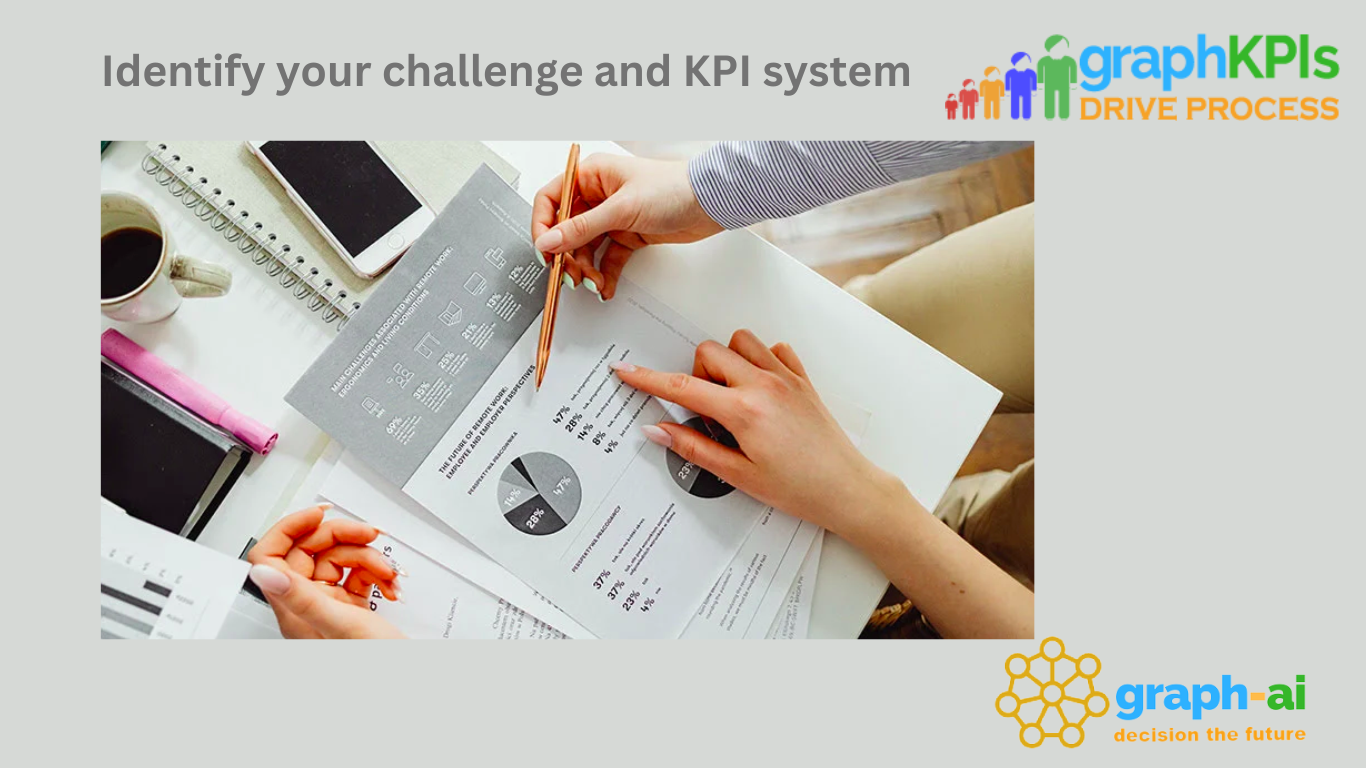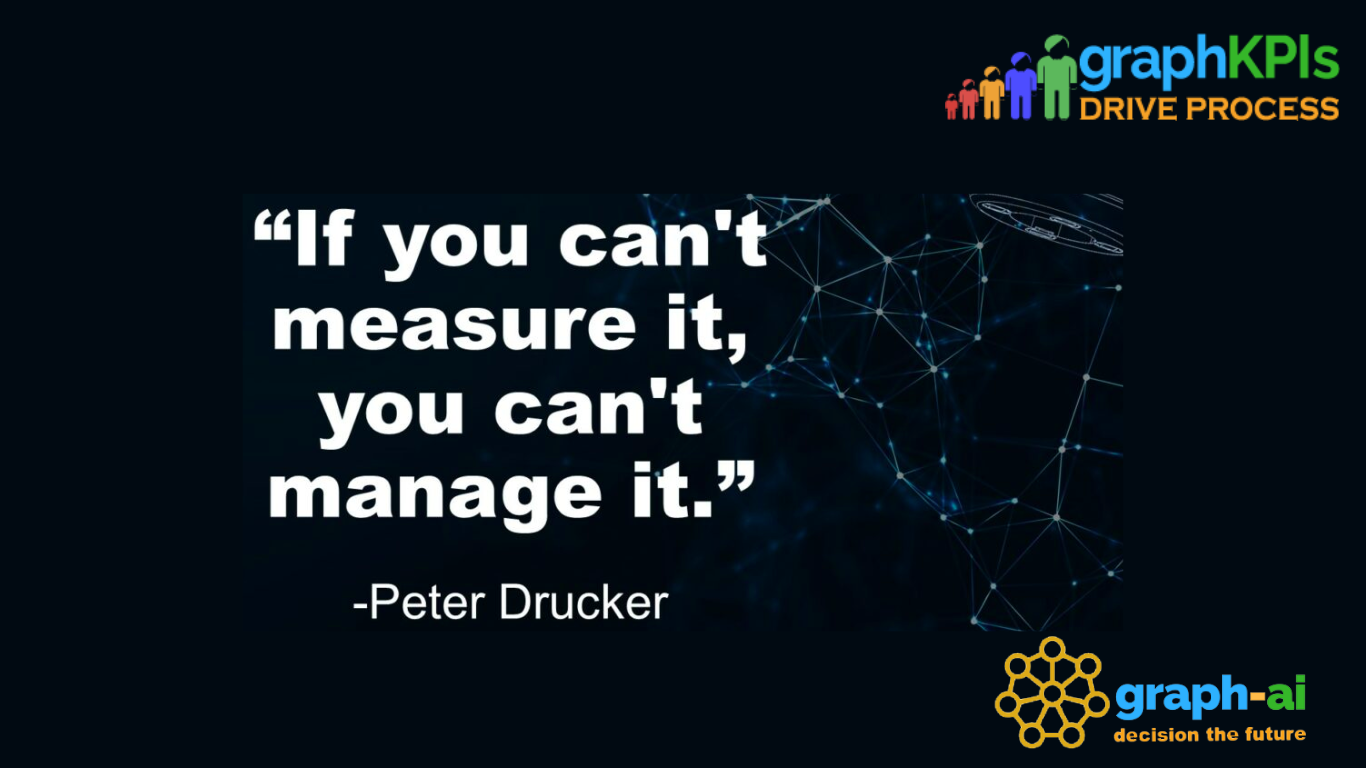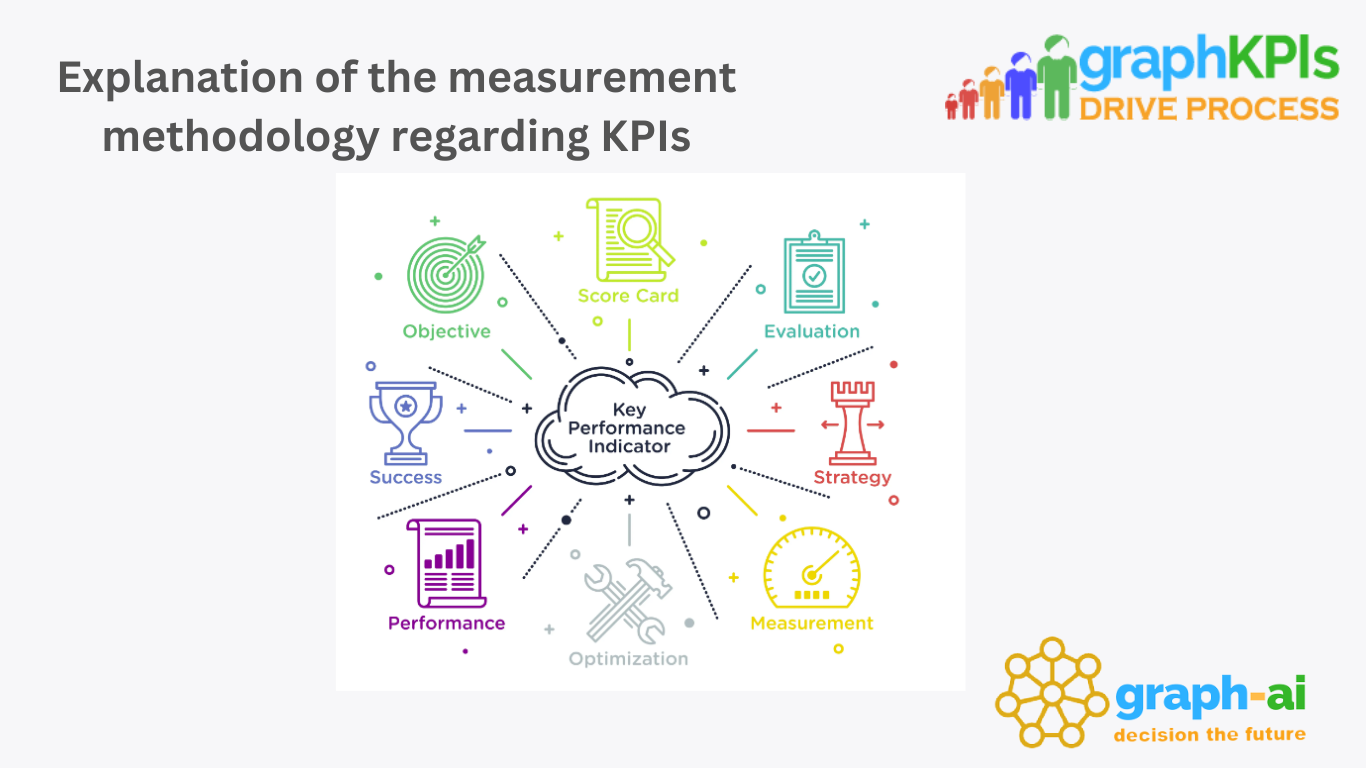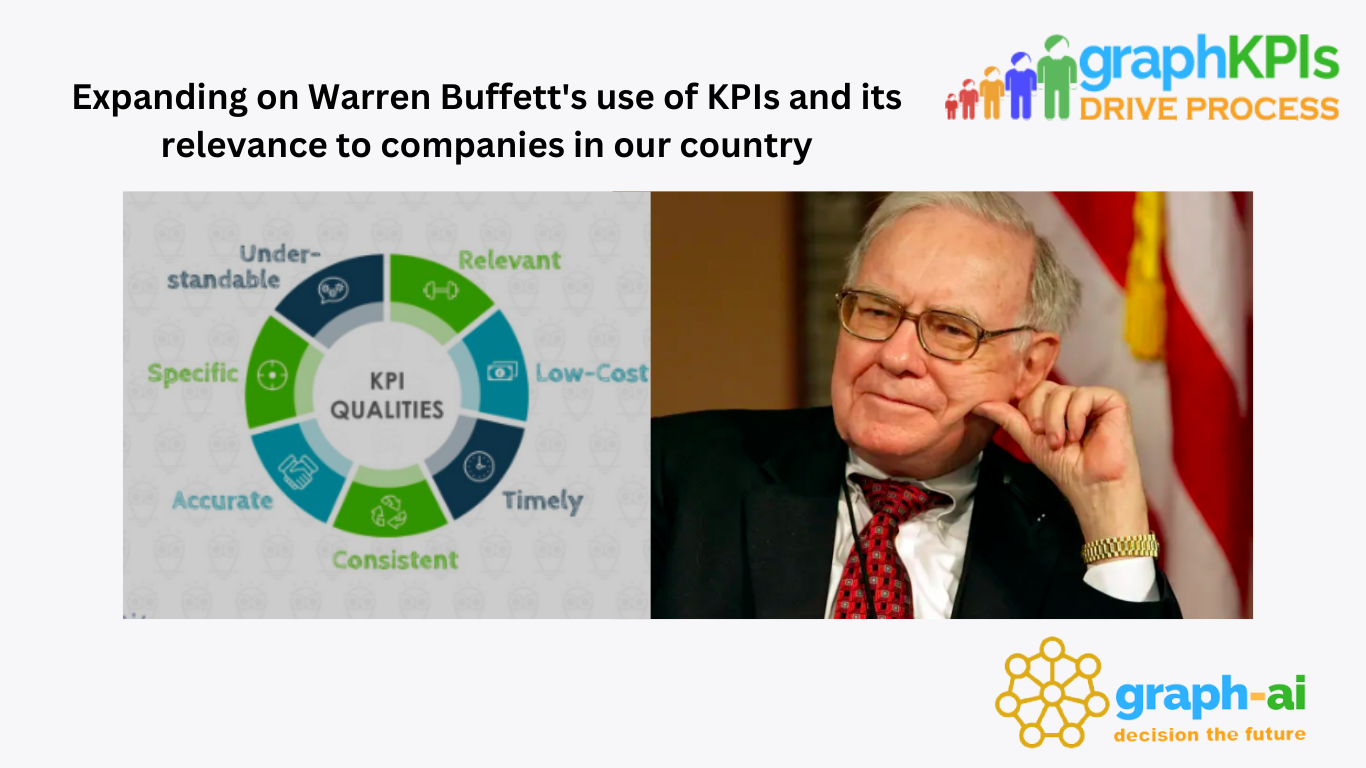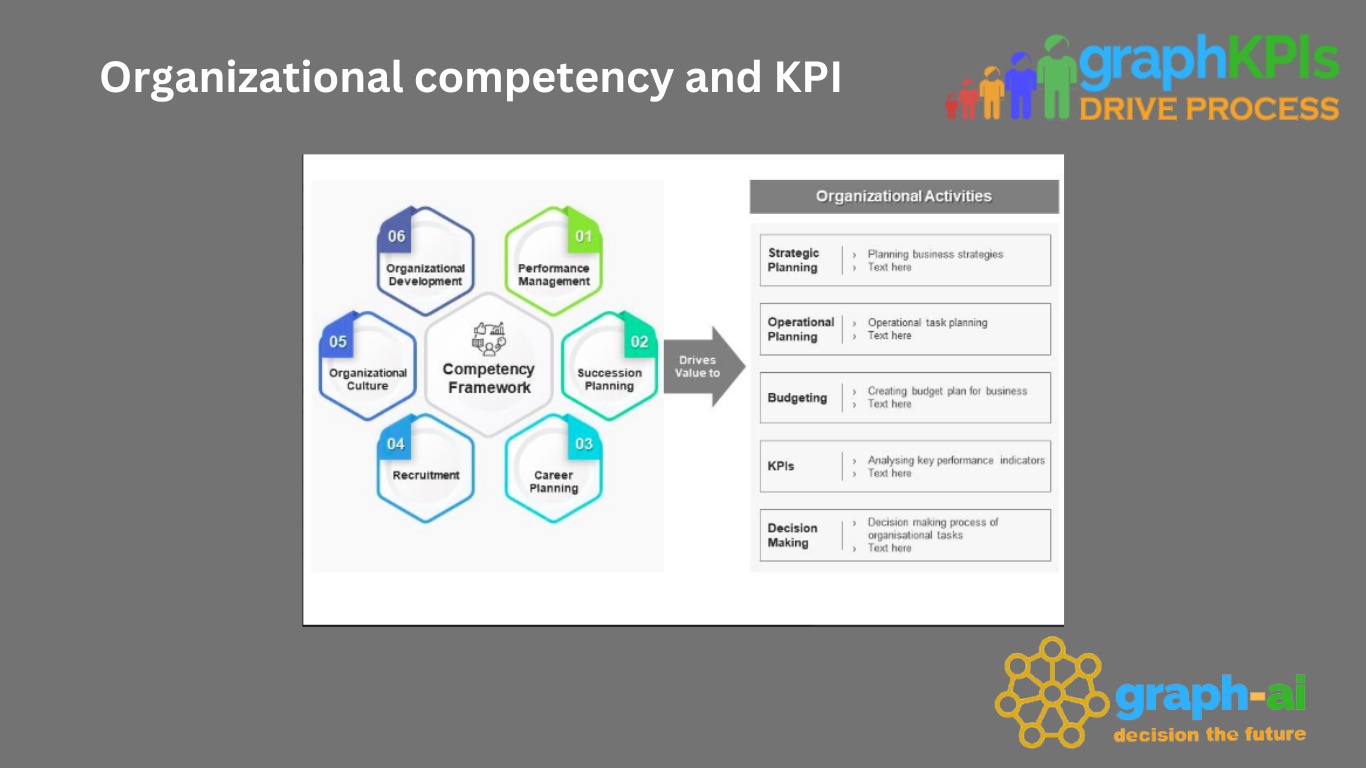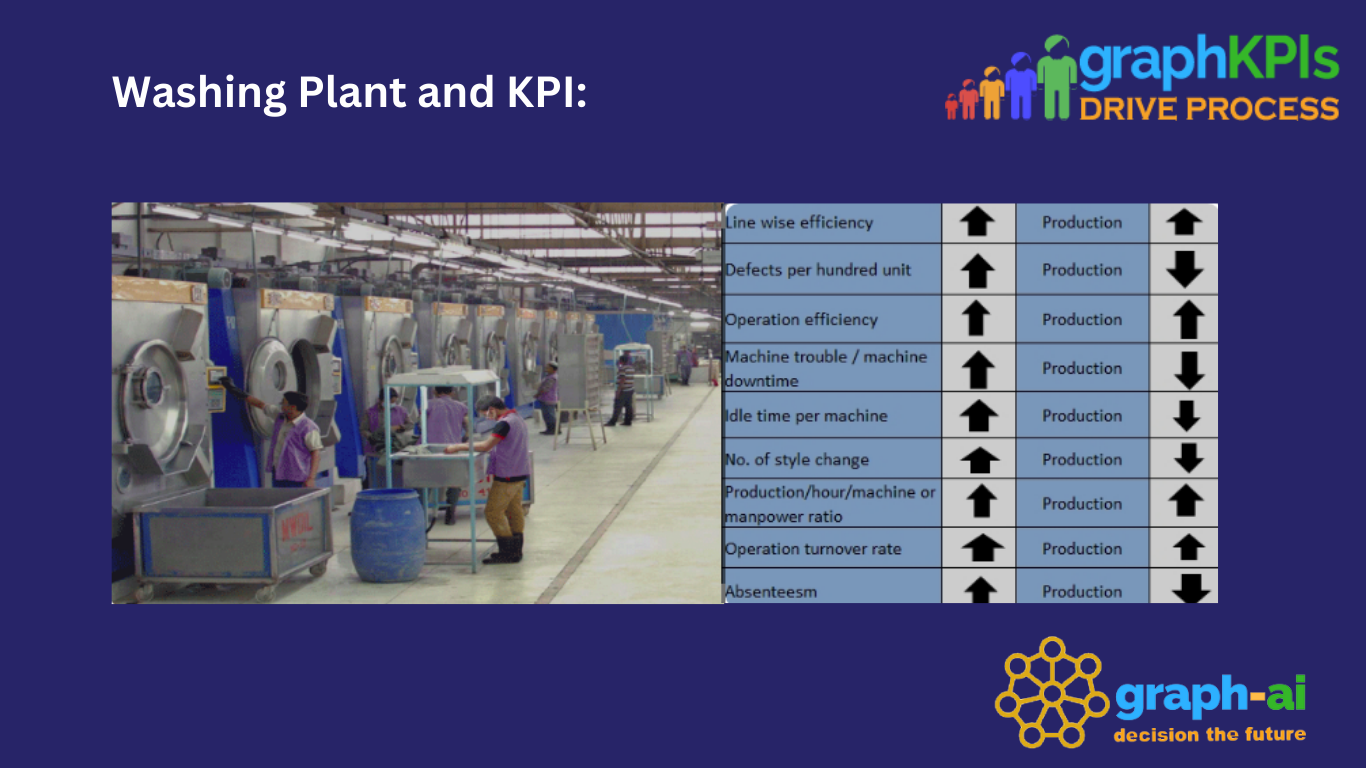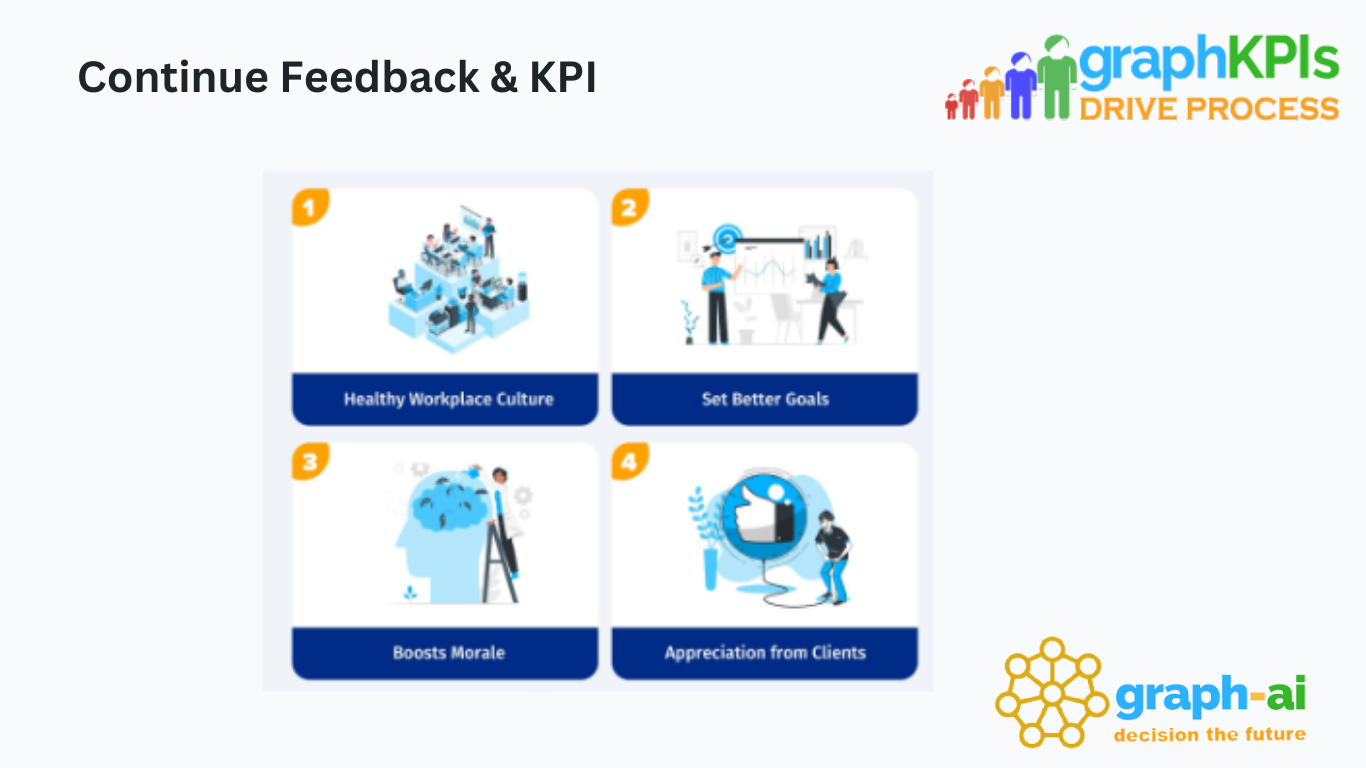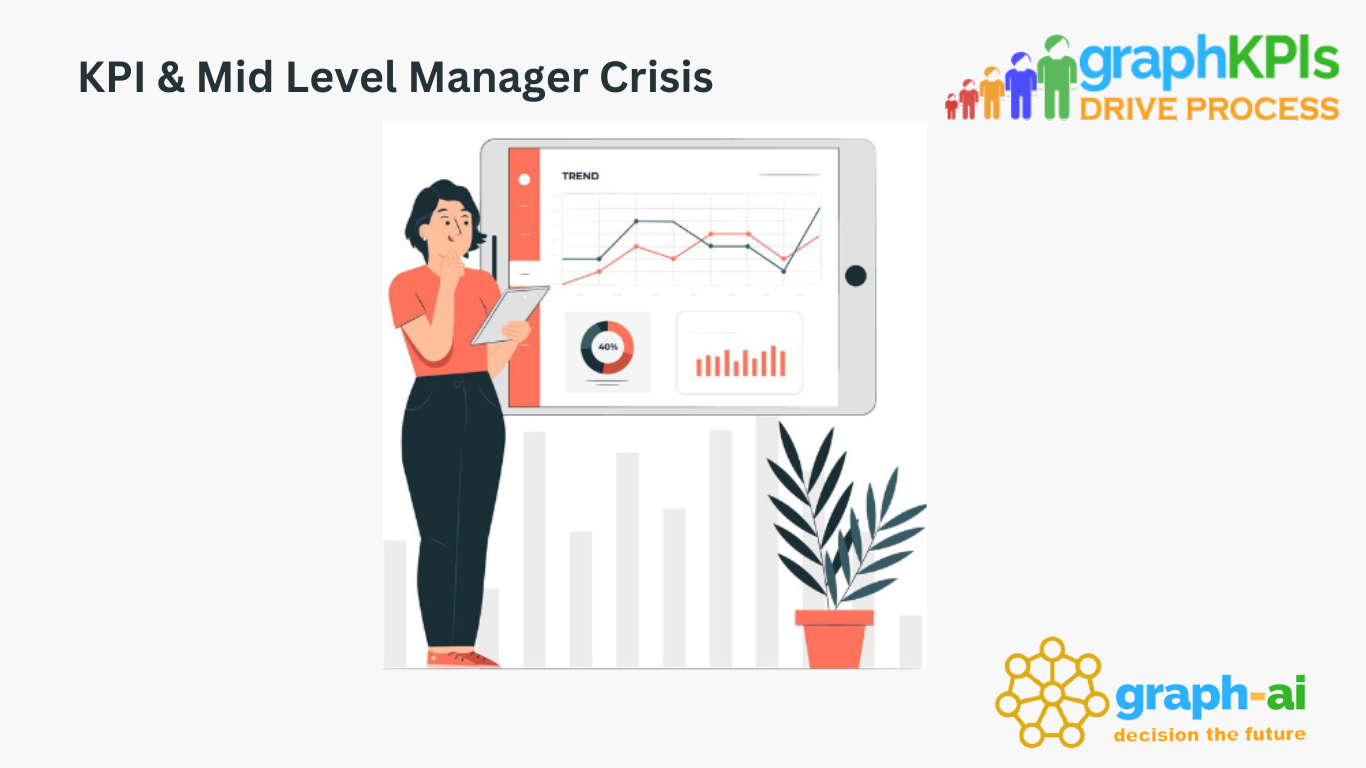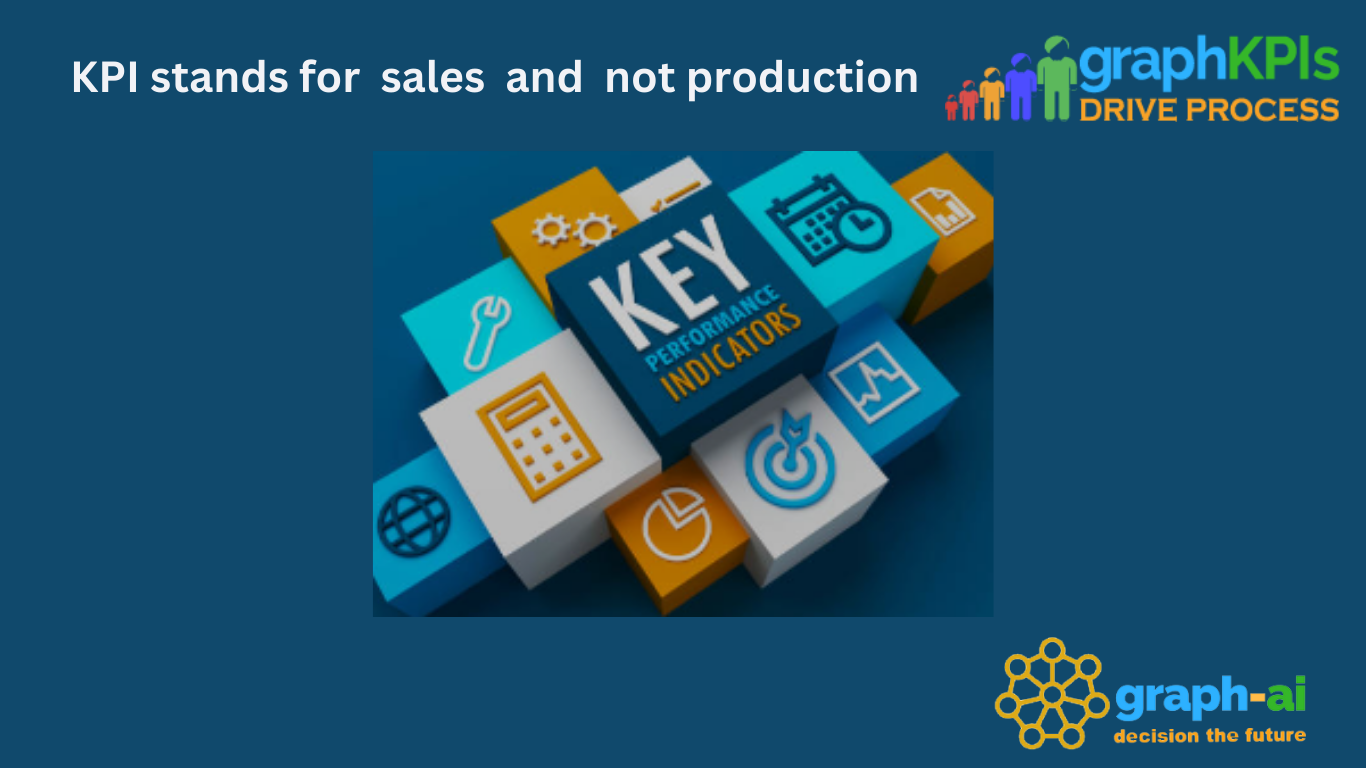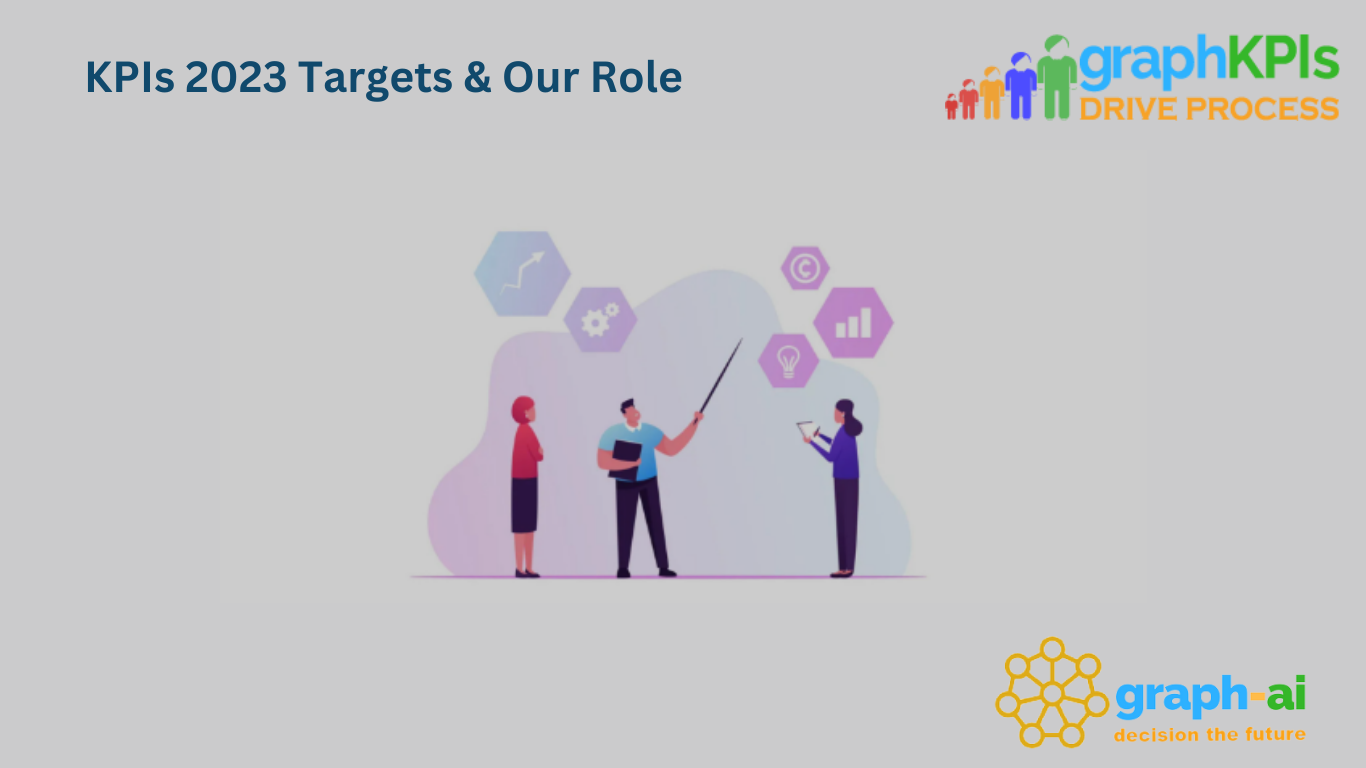Story of KRA and KPI - 13
Explanation of the measurement methodology regarding KPIs:
The process of measuring Key Performance Indicators (KPIs) is fundamental in assessing employee performance effectively. Initially, organizations often employ objective measurement methods, which involve binary evaluations such as "yes" or "no" to determine task completion. However, this approach lacks granularity as it fails to consider factors like the percentage of work completed or the time taken to complete tasks.
Recognizing this limitation, organizations explore subjective measurement methods that allow for more nuanced evaluations. For instance, instead of a simple yes or no, assessments may consider variables such as the percentage of work completed or the duration taken to accomplish tasks. This subjective approach to KPI evaluation typically encompasses two measurement styles:
1. Quantitative Measurement: This involves assessing KPIs using numerical data such as numbers, percentages, or frequencies. For example, a sales target may be measured by the percentage increase in revenue achieved over a specific period.
2. Qualitative Measurement: In contrast, qualitative measurement evaluates KPIs based on subjective criteria, often employing a true or false assessment. This method, also known as Competency Assessment, focuses on evaluating the quality of work rather than just the quantity.
Organizations may choose to weight these measurement styles differently based on the nature of the role and the importance of various performance aspects. For example, a performance evaluation may allocate 80% or 70% of the assessment to KPIs and the remaining percentage to competency assessments. Alternatively, a hybrid approach may be adopted, with a certain percentage allocated to each aspect, totaling 100 points in the evaluation process.
Furthermore, organizations can enhance the evaluation process by incorporating 360-degree feedback mechanisms. This comprehensive feedback system collects input from multiple sources, including peers, managers, subordinates, and even clients or customers. By aggregating feedback from various perspectives, organizations can generate a more holistic assessment of an employee's performance.
In conclusion, a well-defined measurement methodology ensures that KPI evaluations are thorough, objective, and reflective of both quantitative and qualitative aspects of employee performance. This structured approach not only facilitates fair and accurate assessments but also provides valuable insights for continuous improvement and development.
Continuing the journey together ...............
Leave a Reply
Your email address will not be published. Required fields are marked *


